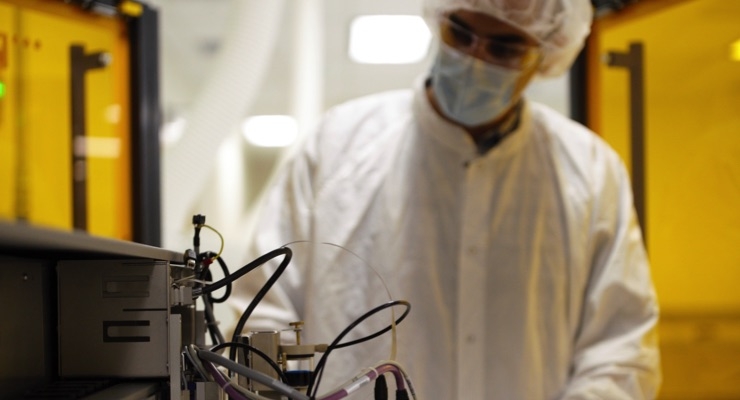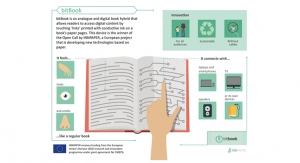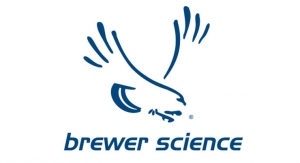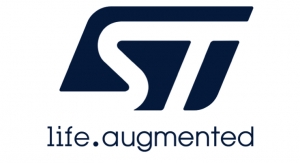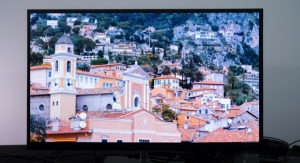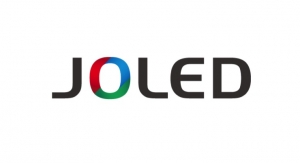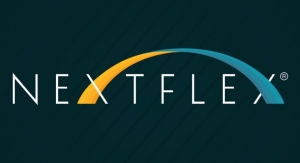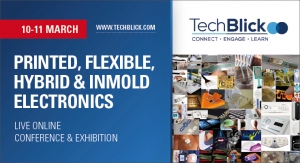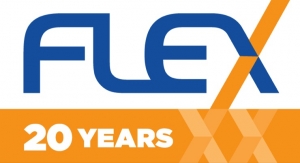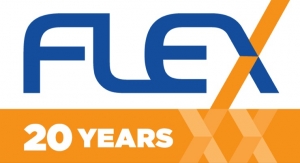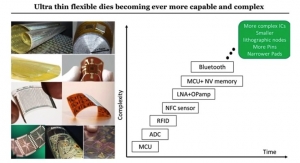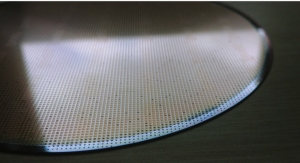With interest growing in flexible hybrid electronics, NextFlex, America’s Flexible Hybrid Electronics (FHE) Manufacturing Institute, is looking to bring together industry and research leaders to develop new technologies and manufacturing capabilities.
To that end, building up its Technology Hub’s pilot manufacturing line is an important step, as it allows members the ability to test out their projects on live equipment. NextFlex recently announced that it has increased the capabilities at its Hub, adding several state-of-the-art pieces of production equipment.
Paul Semenza, director of commercialization at NextFlex, said that the pilot line will enable NextFlex members to evaluate and familiarize themselves with the results of projects funded by NextFlex and to collaborate with each other to develop new manufacturing processes.
“The pilot line will also enable NextFlex to support commercial and government organizations in creating new devices based on flexible hybrid electronics,” he added.
“The focus of the pilot line is on assembly and evaluation of flexible hybrid electronic devices, including printing and other additive deposition techniques to create interconnects and devices on flexible substrates, the integration of thin semiconductor die into the flexible substrates, coating or other forms of encapsulation, and testing and inspection of the devices (mechanical, electrical, optical, environmental),” said Semenza. “The equipment supports these functions.”
Semenza said that potential projects include any device, subsystem, or system that requires a thin and/or flexible form factor, and which can be designed in a single-layer circuit.
“This could include small circuit boards, asset tags, human monitoring devices, antenna systems, flexible actuators, and other devices,” Semenza added.
Among the new equipment featured on the pilot line are:
• A Meyer Burger PiXDRO Printer, for digital printing of conductive inks on flexible substrates.
• A BTU International Pyramax high-throughput reflow oven that features optimized lead-free solder curing for packaging, assembly and printed conductors.
• A Universal Instruments Corporation Fusion SC1-07, for surface mount, pick-and-place of discrete components and final assembly processes, which includes a multiple wafer feeder that enables bare die placement.
• A Nanotronics nSpec, for optical inspection of substrates and surface morphology for other materials.
Semenza noted that access to the pilot line is part of NextFlex membership. “Other organizations are encouraged to contact NextFlex to visit and discuss how NextFlex might be able to support them,” he added.
The new pilot line will continue to add capabilities.
“NextFlex will continue to add to the pilot line as projects which it has initiated are completed, through donations of equipment, and through agreements with equipment companies that would like to place tools in the pilot line for evaluation and observation,” Semenza said.
“The pilot line is currently operational, with the completion of initial printing/curing and die attach test runs,” Semenza concluded. “A fuller set of capabilities will become operational over the course of 2017.
For additional information, please contact Paul Semenza at NextFlex at [email protected] or visit www.nextflex.us.

